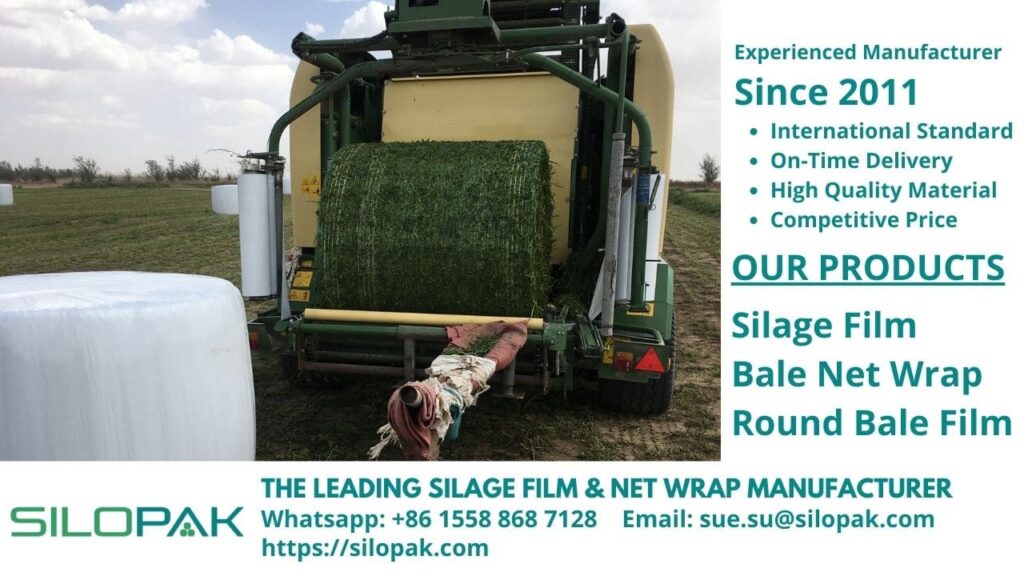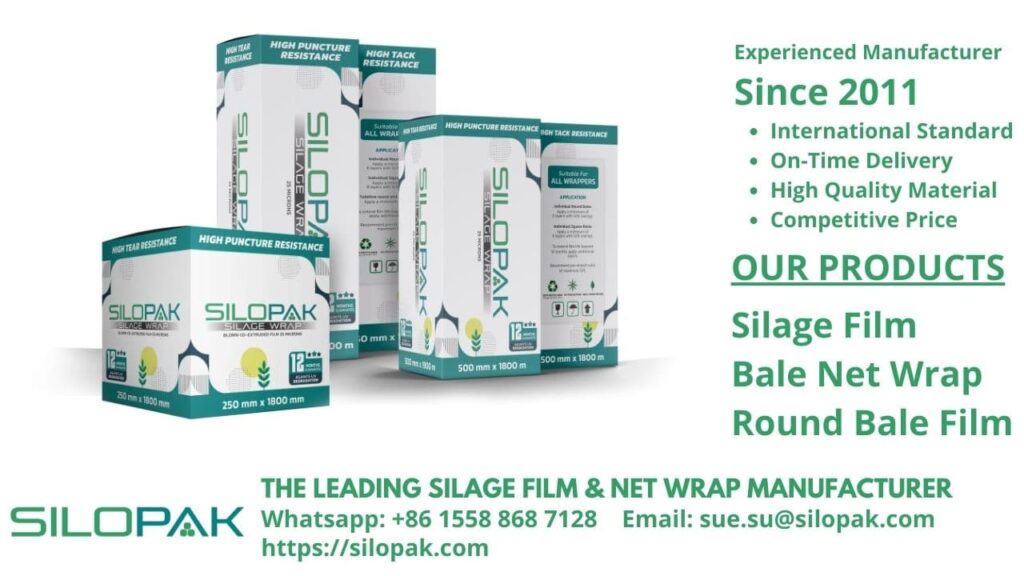
The simplest definition of baling can be described as the process of compacting crop materials into a compressed bale. The plant parts should have already been cut and raked beforehand for easy handling. Said crops that can be processed into bales through this process include silage, salt marsh hay, straw, flax, cotton, and hay, but not limited to these varieties only. After undergoing the compaction method, the bales can be handled, stored, and transported a lot easier, which is why bales are the preferred method of preserving livestock fodder for later use.
Furthermore, baling will help configure the crop materials in a way that makes them dry while at the same time being capable of retaining their nutritional values for the consumption by the animals. In the process of making bales, different types of baler are employed. This results in different bale types as well. The two most common types of them are cylindrical and rectangular. These bales can be of a variety of sizes as a result. Following the completion, the resulting bales may be bound using different materials, including wire, netting, strapping, or twine.
contents
The History of Baling
The history of baling dates back to way before the 19th century. During that period, farmers used to cut hay by hand. The cut crops were then stored in the form of haystacks. Forks were implemented to rake the grasses that had been scythed in prior. The crops were collected into a heap of optimal size. The heap shouldn’t be too large as this would promote spontaneous combustion.
On the other hand, if the heap is too small, the condition would result in rotting as the heap is just too susceptible to the high moisture level. By stacking hay this way, most of the fibers of the plant were positioned way above the ground. The air could circulate within the pile, while water might drain out more thoroughly. The crops could cure and dry more evenly. Nutrition could be retained further this way, forming nutritious meals for the livestock to feed on later.
Mechanical cutting devices were invented in the 1860s, revolutionizing the entire baling method altogether. Mechanical mowers and balers were two of such modern cutting implements. Charles Withington developed a reaper with a knotter mechanism in 1872. The device could do everything from bundling and binding hay.
This device, however, got to be commercialized only later in 1874 by Cyrus McCormick. Innes came up with an automatic baler in 1936. This device was capable of tying bales with twine through knotters from Appleby, which in turn were derived from a grain binder developed by John Deere. Edwin Nolt improved this machine on its reliability, and he patented this version in 1938.
Round baler was developed in the latter part of the 19th century for the first time. A version of it by Filter was put into an exhibition in Paris and was a portable device intended to be employed together with threshing machines.
The Most Common Baling Types
In the baling process, the resulting bales would either be round or rectangular or square. The preference of the farmers determines the forms in which bales take shape. Round bales are easier to make but storing them would be a challenge when there is limited space available.
Also, not all crops can be compressed into a cylindrical configuration. Square bales, on the other hand, can save a lot of space as they are easier and more convenient to store in the stack. However, making them is a little bit trickier as it involves a special baler.
Simply put, which configuration of baling that a farmer chooses depends greatly on the availability of supporting tools and implements as well as the type of crops used in the process. When faced with challenges that aren’t easy to overcome, a farmer can instead opt for a more convenient option, which is to purchase some from the party offering commercial bales.
Select the Best Supplies for Baling Process

To aid with the entirety of baling processes, wrapping can protect the end products against outside threats, such as the elements and uninvited animals like rodents. Silopak provides a wide range of wraps for this specific purpose, and we pride ourselves on giving just the best products for customers all over the globe.
